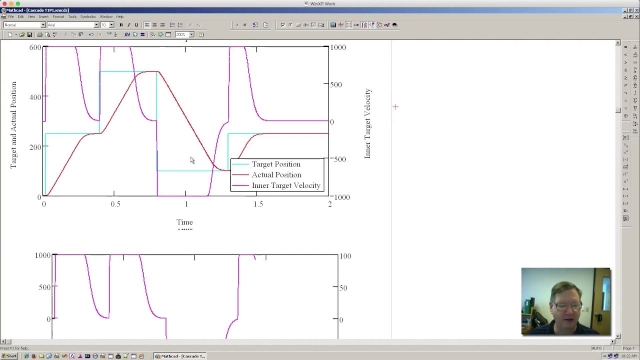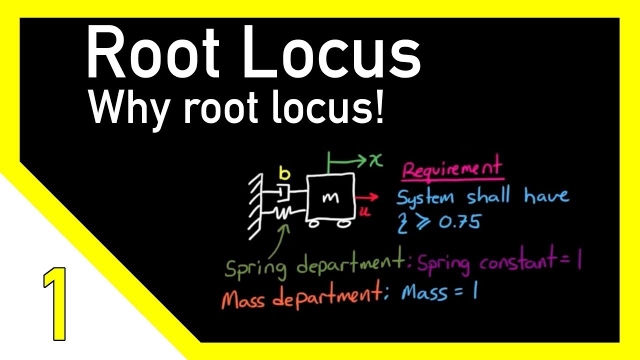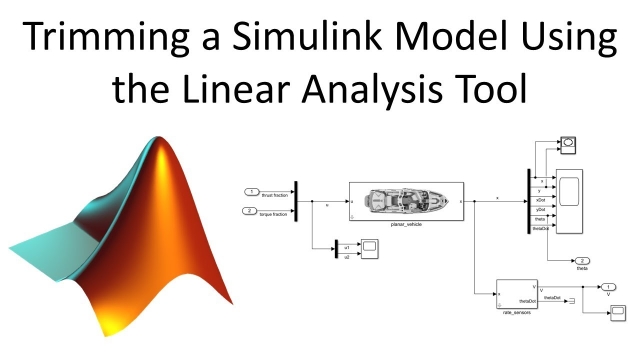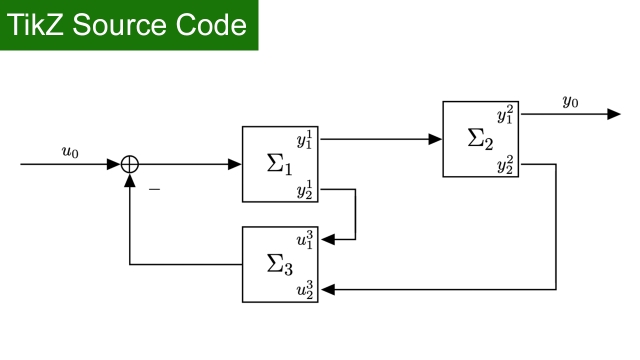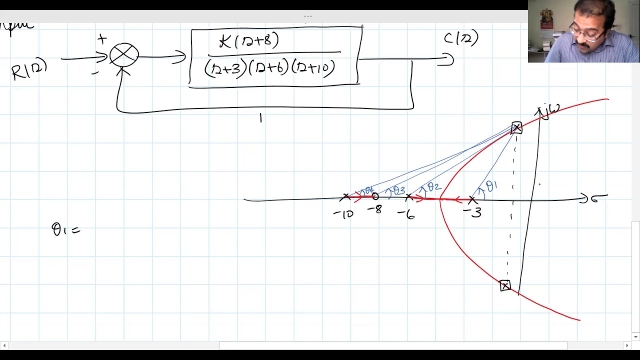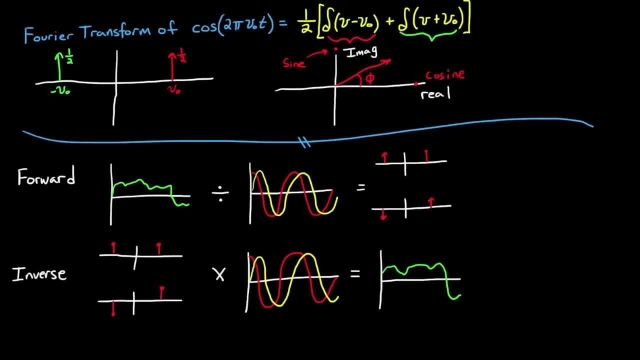
Auto Tuning a Small DC Motor in Torque Mode
I was really testing the picture in picture feature of the Screen Flow software I use to make these videos. I knew the auto tuning would work. I kept the v...
See MoreUnderstanding Sensor Fusion and Tracking, Part 4: Tracking a Single Object W...
This video describes how we can improve tracking a single object by estimating state with an interacting multiple model filter. We will build up some intuition about the IMM filter and show...
See MoreBode Plots of Complex Transfer Functions
In this video we discuss how to generate a bode plot of a complex transfer function by decomposing it into the individual components. We then show how one c...
See MoreTikZ source Code: Multiplication of system variables
TikZ source Code: Multiplication of system variables
See MoreFourier Series and Gibbs Phenomena [Python]
This video will describe how to compute the Fourier Series in Python and Gibbs Phenomena that appear for discontinuous functions.
See MoreTikZ source Code: Sliding Mode Control Example System 1
TikZ source Code: Sliding Mode Control Example System 1
See MoreControl Bootcamp: Laplace Transforms and the Transfer Function
Here we show how to compute the transfer function using the Laplace transform.
See MoreRelationship Between Poles and Performance of a Dynamic System
In this video we establish the relationship between pole locations and associated performance of a dynamic system. This relationship is useful to translate ...
See MoreSVD: Image Compression [Python]
This video describes how to use the singular value decomposition (SVD) for image compression in Python.
See MoreControl Systems with MATLAB - Root Locus
Laplace domain – tutorial 2: Region of Convergence (ROC)
In this video, we learn five golden rules on how to quickly find the Region of Convergence (ROC) of Laplace transform. Learn Signal Processing 101 in 31 lect...
See MoreMachine Learning Control: Genetic Programming
This lecture explores the use of genetic programming to simultaneously optimize the structure and parameters of an effective control law.
See MoreFinding Transfer Functions from Response Graphs
Given a system response to a unit step change, in this video I'll cover how we can derive the transfer function so we can predict how our system will respond...
See MoreTime domain - tutorial 2: signal representation
In this video, we review how to represent information as a signal. The information can be anything such as voice (1D) or an image (2D) or even a video (3D). ...
See MoreUnderstanding Model Predictive Control, Part 5: How To Run MPC Faster
This video starts by providing quick tips for implementing MPC for fast applications. If you need to further decrease the sample time for your fast applications, you can use explicit MPC...
See MoreSecond Order Dynamics Example
How will a second order process respond in the time domain when subjected to a unit step input? What other behaviors can we expect to see and why? Tune in to...
See MoreNASA's General Mission Analysis Tool (GMAT)
NASA's GMAT is the worlds only enterprise, multi-mission, open source software system for space mission design, optimization, and navigation. The system supports missions in flight regimes...
See MoreControl Bootcamp: Cruise Control Example with Proportional-Integral (PI) co...
In this video, we show that introducing integral control reduces the steady-state tracking error to zero in the cruise control example. We also use a more sophisticated model for the...
See MoreControllability [Control Bootcamp]
This lecture explores when a linear system is controllable. We begin with the simple test in terms of the rank of the controllability matrix on a few intuitive examples.
See MorePeter Ponders PID - Cascade Control Part1
I cover whether cascade control is necessary. Why there needs to be a feed back for every loop. How to calculate gains. Bode plots and ratio of the inner t...
See MoreThe Root Locus Method - Introduction
This Root Locus method is a fantastic way of visualizing how the poles of a system move through the S-plane when a single system parameter is varied from 0 to infinity. I show how to...
See MoreTrimming a Simulink Model Using the Linear Analysis Tool
In this video we show how to use the Linear Analysis Tool to trim a non-linear Simulink model. This is also known as finding an operating point or an equili...
See MoreTikZ source Code: Interconnected MIMO Subsystems
TikZ source Code: Interconnected MIMO Subsystems with different input and output dimensions
See MoreLecture 20: PID and Lag-Lead Compensator Design using Root Locus
Introduction to the Fourier Transform (Part 2)
This video is the second part of the introduction to the Fourier Transform. I address an error that I made in the first video concerning the scaling term of the transform. I also try to...
See More
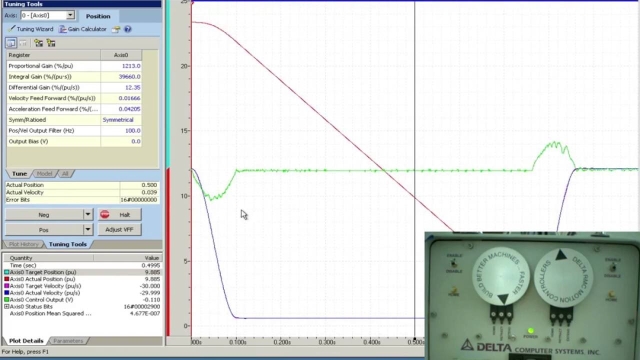

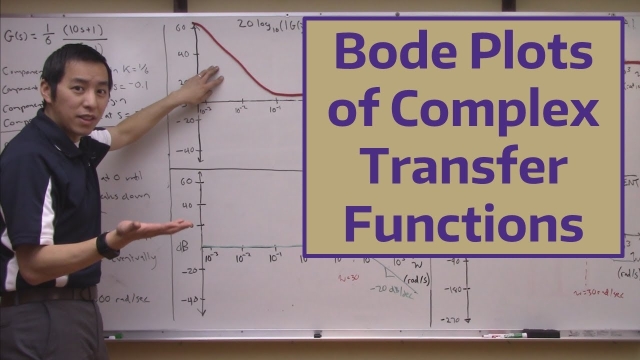
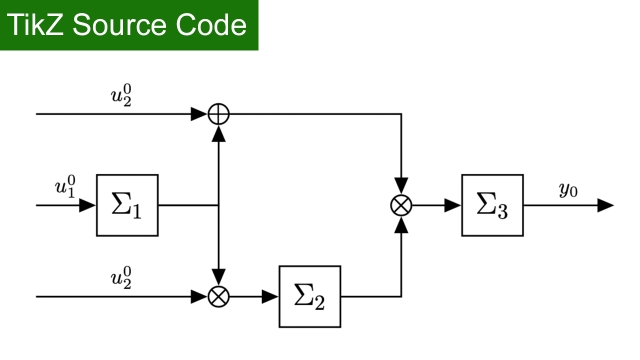
![Fourier Series and Gibbs Phenomena [Python] Fourier Series and Gibbs Phenomena [Python]](/sites/default/files/styles/search_resulkts/public/2020-12/maxresdefault_364.jpg?itok=-v1tvO0q)
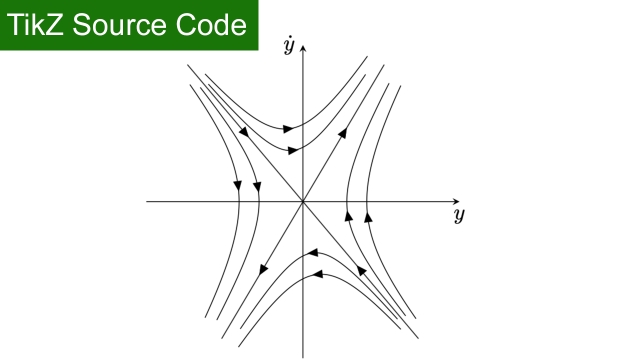
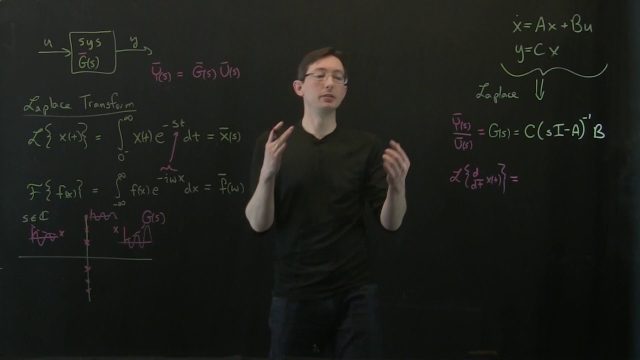
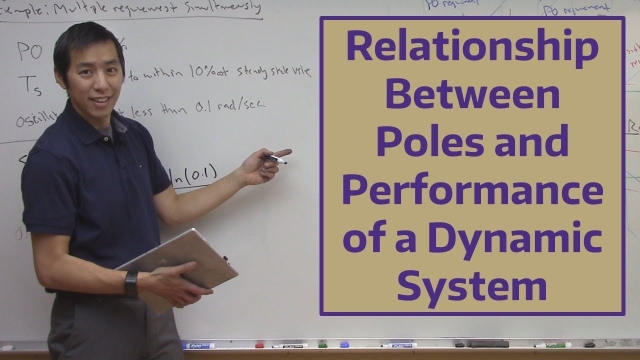
![SVD: Image Compression [Python]](/sites/default/files/styles/search_resulkts/public/2020-12/maxresdefault_420.jpg?itok=m_mtp3IT)
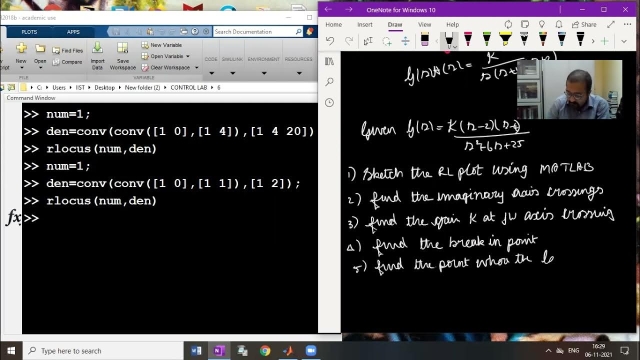
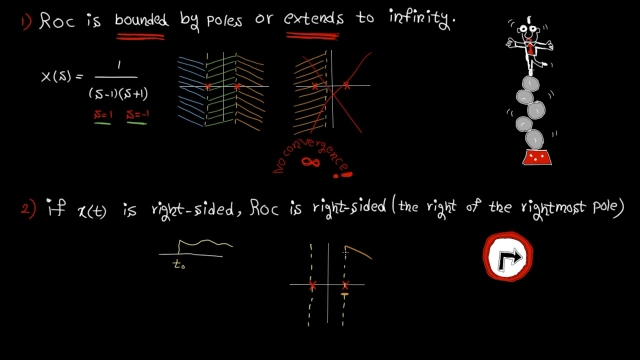
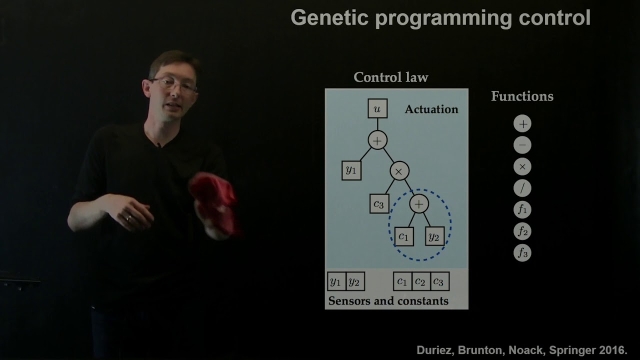

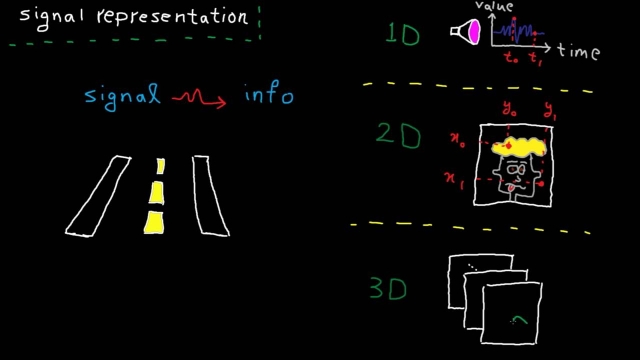
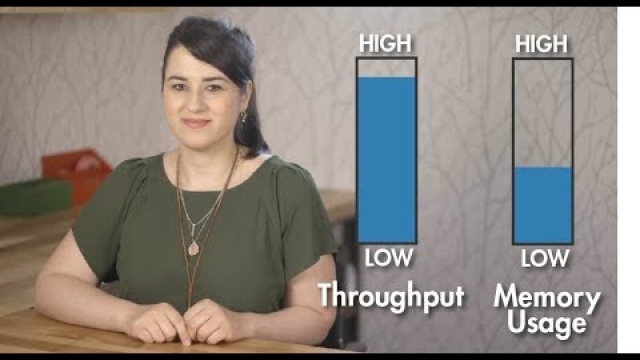
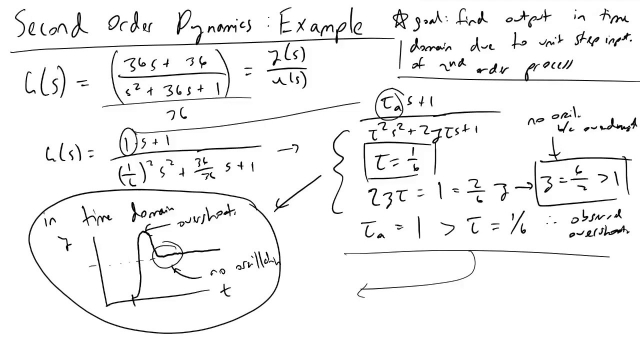

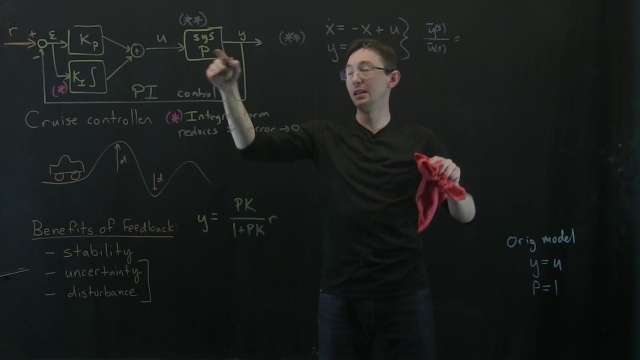
![Controllability [Control Bootcamp]](/sites/default/files/styles/search_resulkts/public/2020-12/maxresdefault_301.jpg?itok=H78kwaJN)
